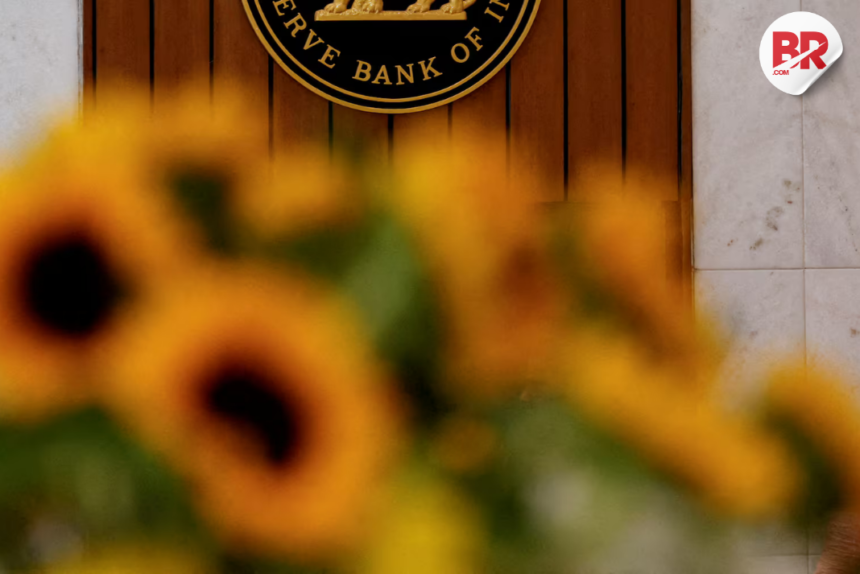India’s central bank might cut interest rates again soon. Inflation is falling, growth is wobbly, and liquidity is pouring in. But don’t expect aggressive moves—caution is the new keyword.
Saugata Bhattacharya, an external member of the Monetary Policy Committee (MPC), says there’s still some room to ease rates, but doing too much too fast could backfire.
“We’re not at the point where growth is putting pressure on inflation—but we’ll get there,” Bhattacharya told media on Tuesday.
What does this mean for the average person?
If you’re a borrower—good news. You may see loan EMIs fall in the next couple of quarters. A cheaper home loan or business loan is likely as banks pass on policy rate cuts to customers, especially since most loans are now tied to external benchmarks.
But here’s the twist: this could also mean more cash in the system and a rise in inflation if the central bank isn’t careful. Imagine pouring water into a leaky jug—too much, and it spills. Too little, and it’s useless. The RBI is walking that tightrope now.
Also Read India Is Watching Its Pharma Exports Closely—Thanks to Pakistan’s Latest Move
Caution, not celebration
The Reserve Bank of India (RBI) recently cut the repo rate by 25 basis points to 6%—the second cut in 2025. It also changed its stance from “neutral” to “accommodative”, hinting that it’s ready to support the economy further if needed.
But Bhattacharya warns against rushing. “As growth gets closer to its full potential, inflationary pressure could return,” he said. That’s economist-speak for: enjoy the cheaper loans, but don’t expect a rate-cut party.
Also Read IndusInd Bank Shares Drop: CEO Resigns Amidst a Scandal That Could Shake Your Trust
The liquidity flood
Since January, the India central bank has injected ₹6.21 trillion (around $73 billion) into the financial system. In May alone, it plans to buy ₹1.25 trillion in government bonds. This move is designed to lower short-term interest rates even if the official repo rate doesn’t change.
Bhattacharya called it a “proactive” liquidity strategy. In simpler terms: the RBI is greasing the wheels of the economy without stepping too hard on the gas.
He added that a surplus liquidity level of around 1% of bank deposits, maybe a bit more, is “appropriate” during this easing cycle.
Easy in, easy out
Liquidity, Bhattacharya notes, is easier to manage than interest rates. “If inflation starts rising, pulling back liquidity is much simpler than reversing a rate cut,” he said.
So while rates may ease slowly, the RBI is likely to keep the liquidity tap open—but watch it closely.
The global nudge
The rate panel’s cautious optimism also reflects global uncertainty. With US tariff tensions and volatile markets, the RBI lowered India’s GDP forecast from 6.7% to 6.5% this fiscal year. In such a shaky global setup, the RBI’s strategy is like dancing on a moving floor—slow steps, no spins.
Why it matters
The India central bank isn’t just adjusting numbers—it’s shaping how much you pay for your home, how businesses borrow, and how much your rupee can buy.
Bhattacharya expects better transmission of rate cuts in the next two quarters—meaning faster benefits for consumers. But the underlying message remains: small steps, not giant leaps.
Also Read While the World Stumbles, FII Buying in India Is Surging—Here’s Why




